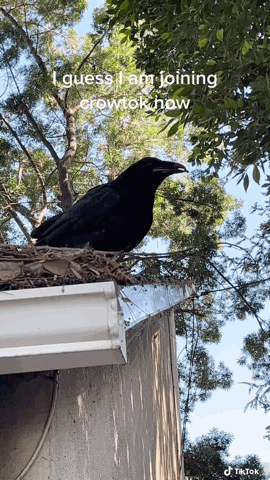Our friend, David, is on the navigation team for this project — Douglas
NASA to Host Live Events for November 4 Comet Encounter
Nov. 1, 2010
NASA TO HOST LIVE EVENTS FOR NOVEMBER 4 COMET ENCOUNTER
WASHINGTON — NASA will hold a series of media and educational events about the EPOXI mission’s close encounter with comet Hartley 2 at approximately 7 a.m. PDT on Thursday, Nov. 4. The spacecraft will provide the most extensive observations of a comet in history.

Live coverage beginning at 6:30 a.m. from mission control at NASA’s Jet Propulsion Laboratory (JPL) in Pasadena, Calif., will be broadcast on NASA Television’s Media Channel and the agency’s website. A post-flyby news briefing is planned for 1 p.m. For NASA TV streaming video, scheduling and downlink information, visit:
Media who would like to cover the event at JPL must RSVP in advance to the JPL Media Relations Office at 818-354-5011. Valid media credentials are required. Non-U.S. citizens must also bring passports. From 6:30 to 8:30 a.m., media can watch live coverage of the control room via a feed to JPL’s von Karman Auditorium. The auditorium will remain open through the day for working media. Reporters who won’t be at JPL may call the Media Relations Office to make arrangements to ask questions during the briefing.
The timeline for mission coverage is (all times PDT and subject to change):
6:30-8:30 a.m. — NASA TV commentary begins from mission control and includes coverage of closest approach, an educational segment, and the return of close approach images. 1 p.m. — News briefing following encounter. Participants may include:
Ed Weiler, associate administrator, Science Mission Directorate at NASA Headquarters in Washington Michael A’Hearn, principal investigator, University of Maryland Jessica Sunshine, EPOXI scientist, University of Maryland Tim Larson, EPOXI project manager at JPL
Activities will also be carried live on one of JPL’s Ustream channels at:
http://www.ustream.tv/user/NASAJPL2
The public can watch a real-time animation of the EPOXI comet flyby using NASA’s new “Eyes on the Solar System” Web tool. JPL created this 3-D environment that allows people to explore the solar system directly from their computers. Visit:
http://solarsystem.nasa.gov/eyes
EPOXI is an extended mission that utilizes the already “in-flight” Deep Impact spacecraft to explore distinct celestial targets of opportunity. The term EPOXI is a combination of the names for the two extended mission components: the Extrasolar Planet Observations and Characterization (EPOCh), and the Hartley 2 flyby, called the Deep Impact eXtended Investigation (DIXI). For more information about EPOXI, visit:
-end-


